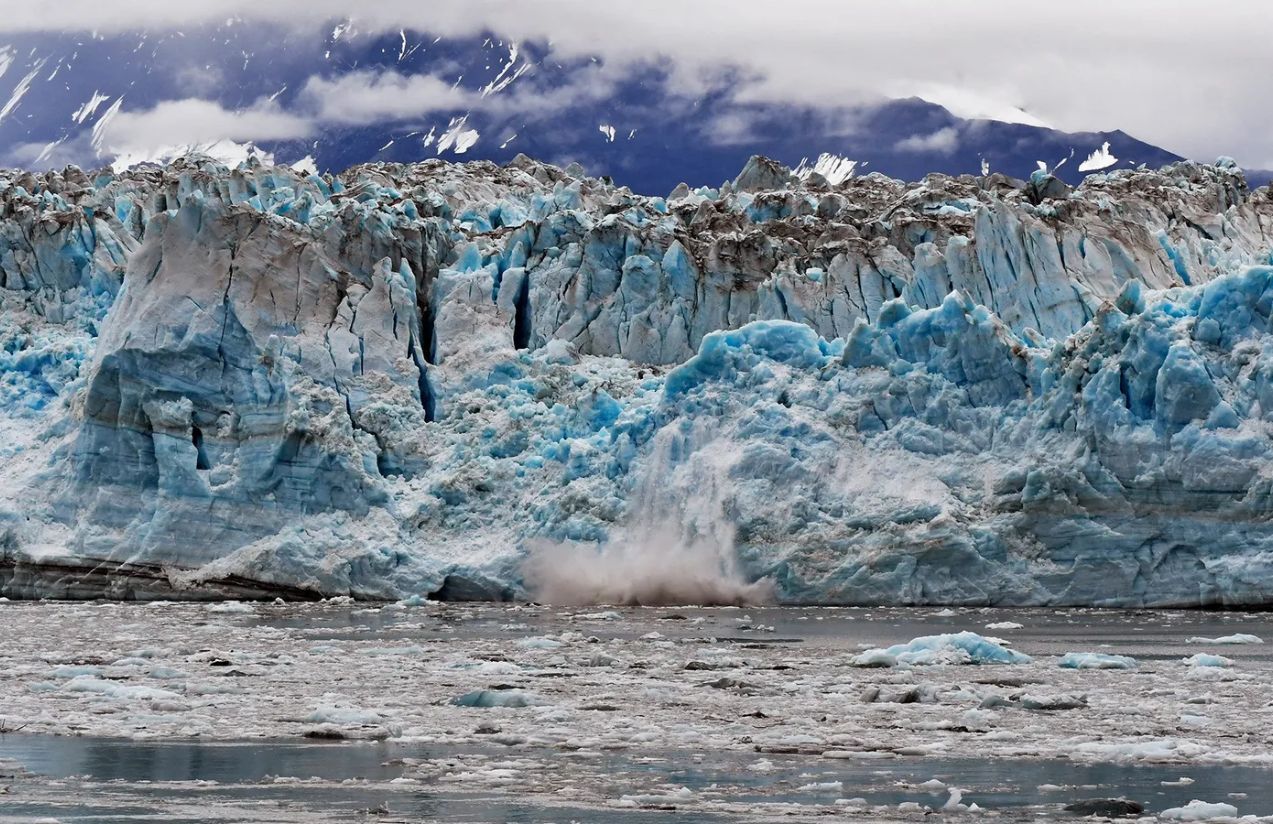A powerful 7.3 magnitude earthquake was recorded on Tuesday, July 15, off the coast of Alaska, according to the United States Geological Survey (USGS). The epicenter was located approximately 106 kilometers (66 miles) south of the city of Sand Point, in the Bering Sea, at a depth of about 21 kilometers.
Due to the strength of the quake, the National Tsunami Warning Center initially issued a warning for parts of southern Alaska and the Aleutian Islands. However, the alert was canceled several hours later. Despite the quake being widely felt across the region, no serious damage or casualties have been reported so far, according to local authorities.
The earthquake was followed by several smaller aftershocks, which kept residents on high alert for hours. Emergency response teams remain on standby for any possible aftereffects.
Why is Alaska such a seismically active region?
Alaska sits along the boundary between the Pacific and North American tectonic plates, one of the most seismically active zones on the planet. The constant movement and interaction of these plates generate frequent earthquakes, many of them of significant magnitude.
This event highlights the vulnerability of coastal regions to sudden natural disasters and underscores the importance of effective early warning systems.

